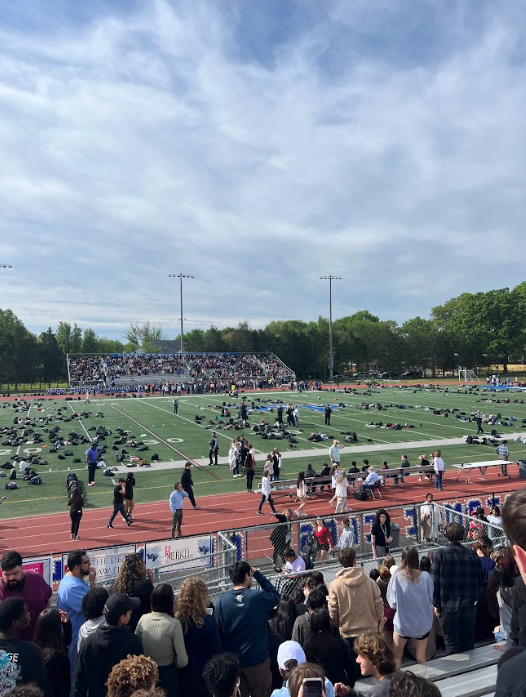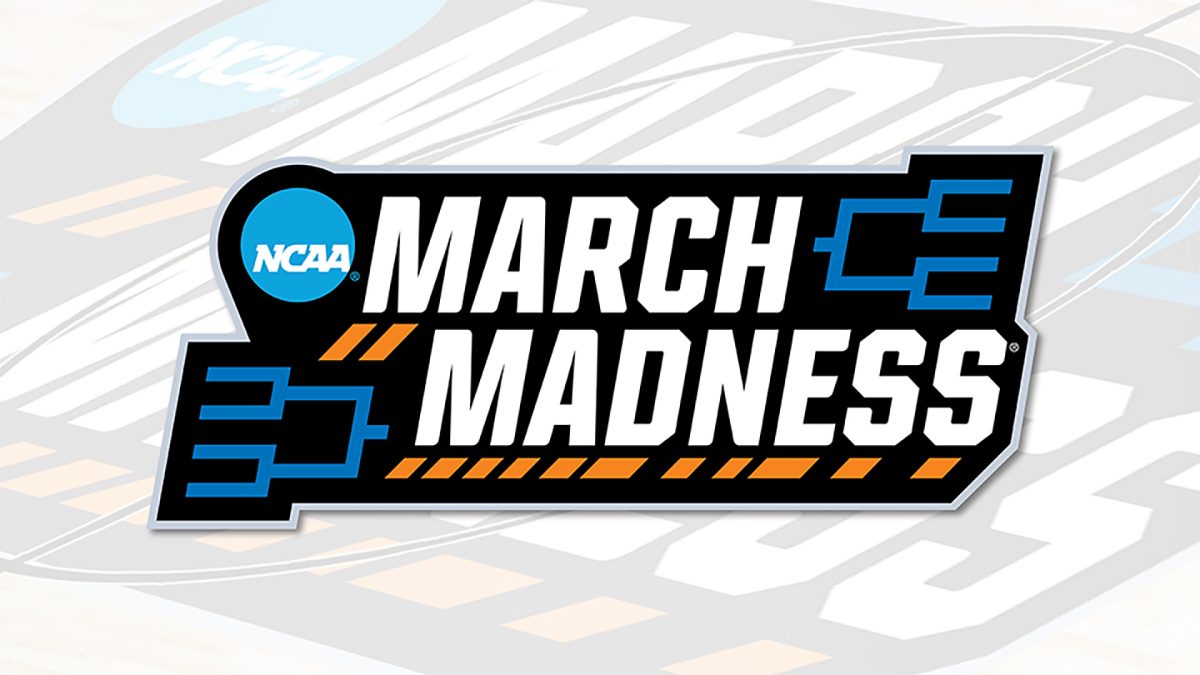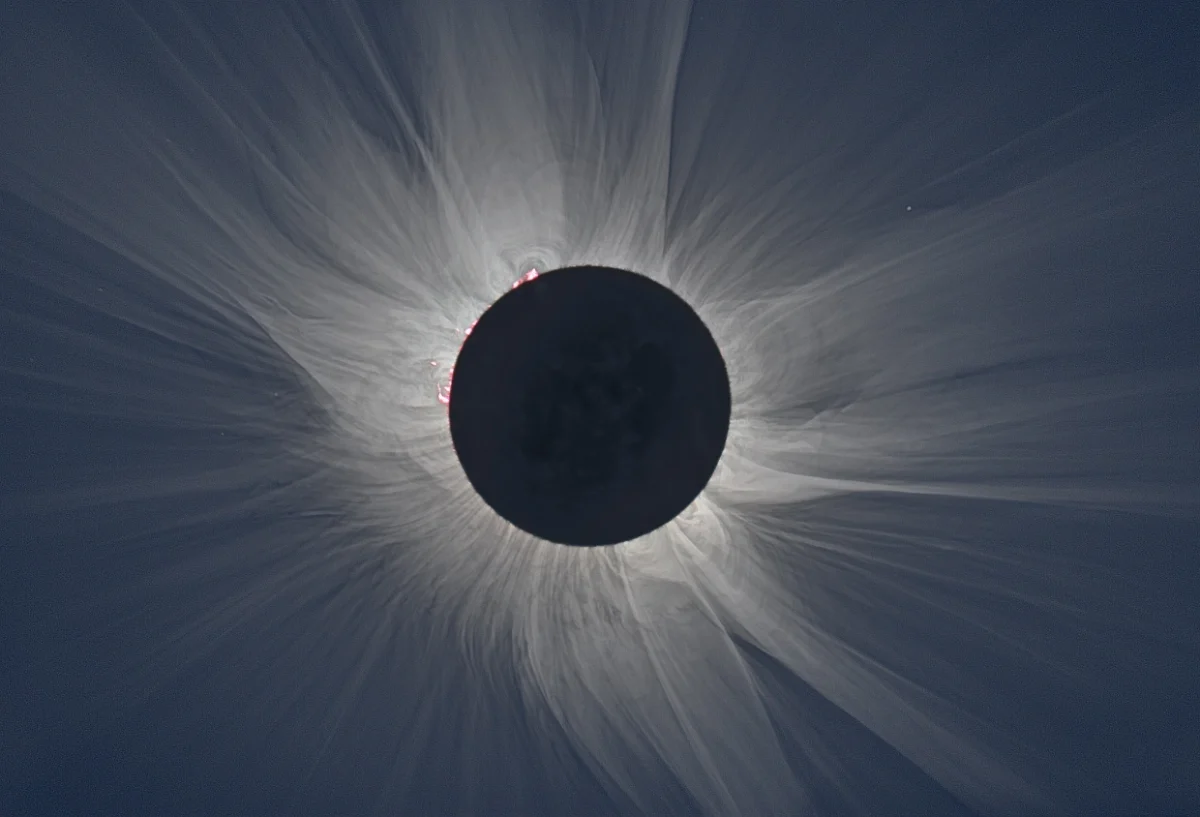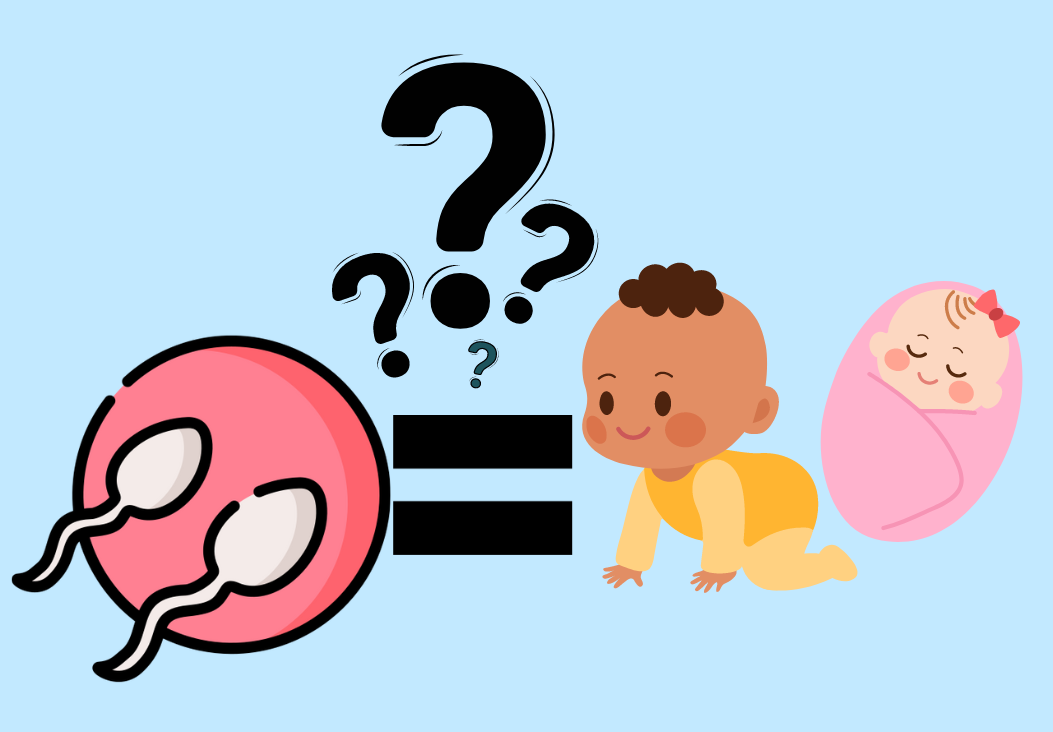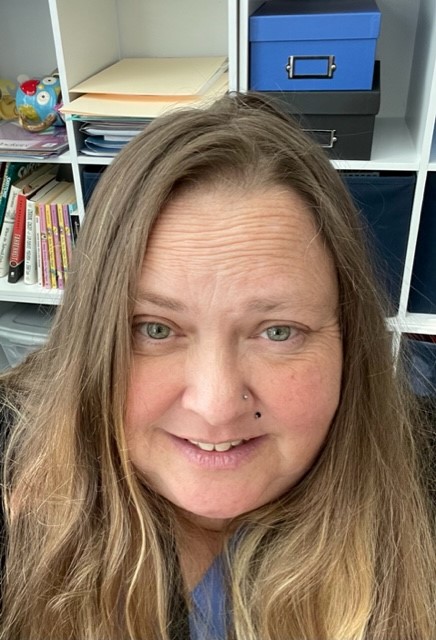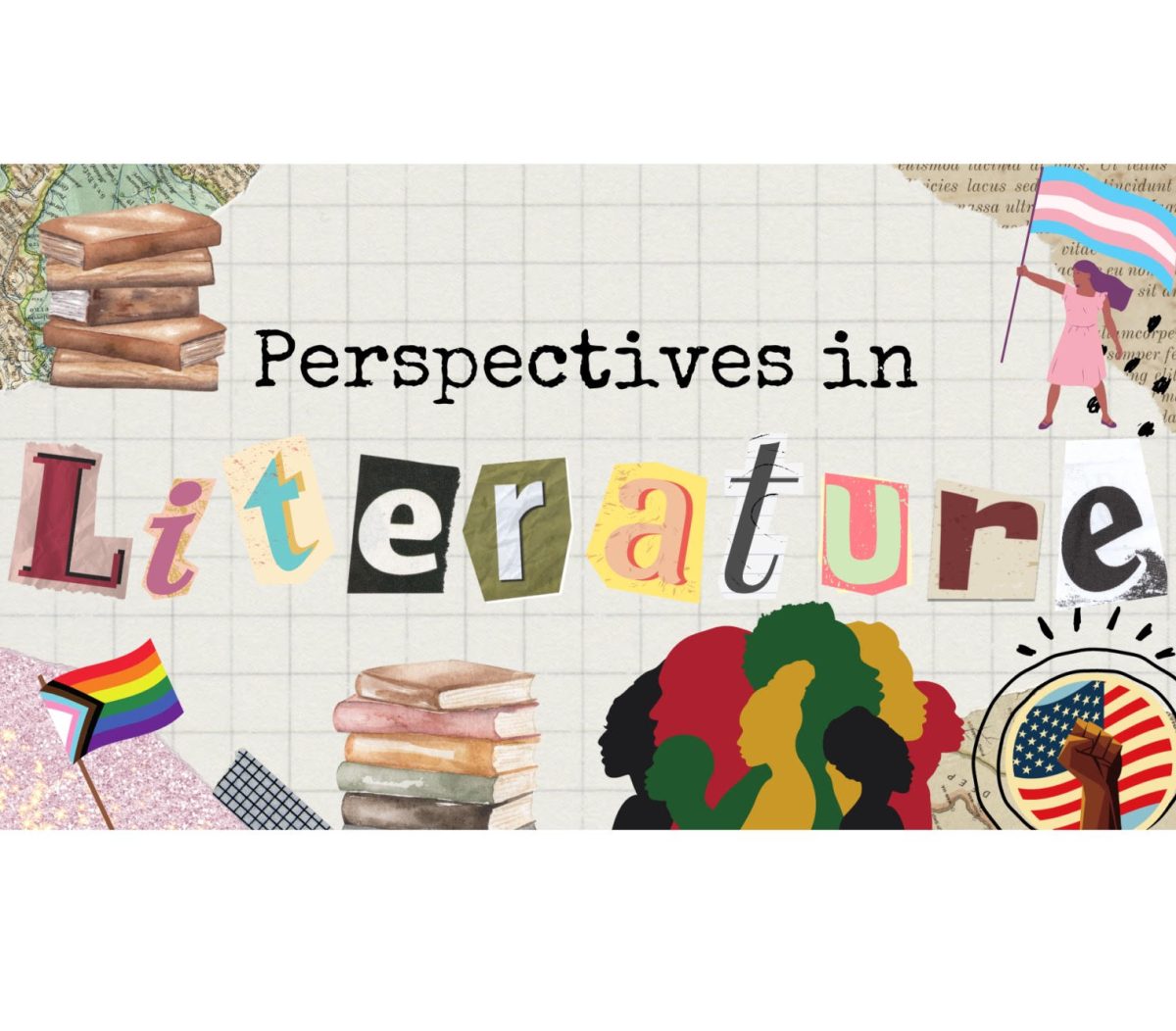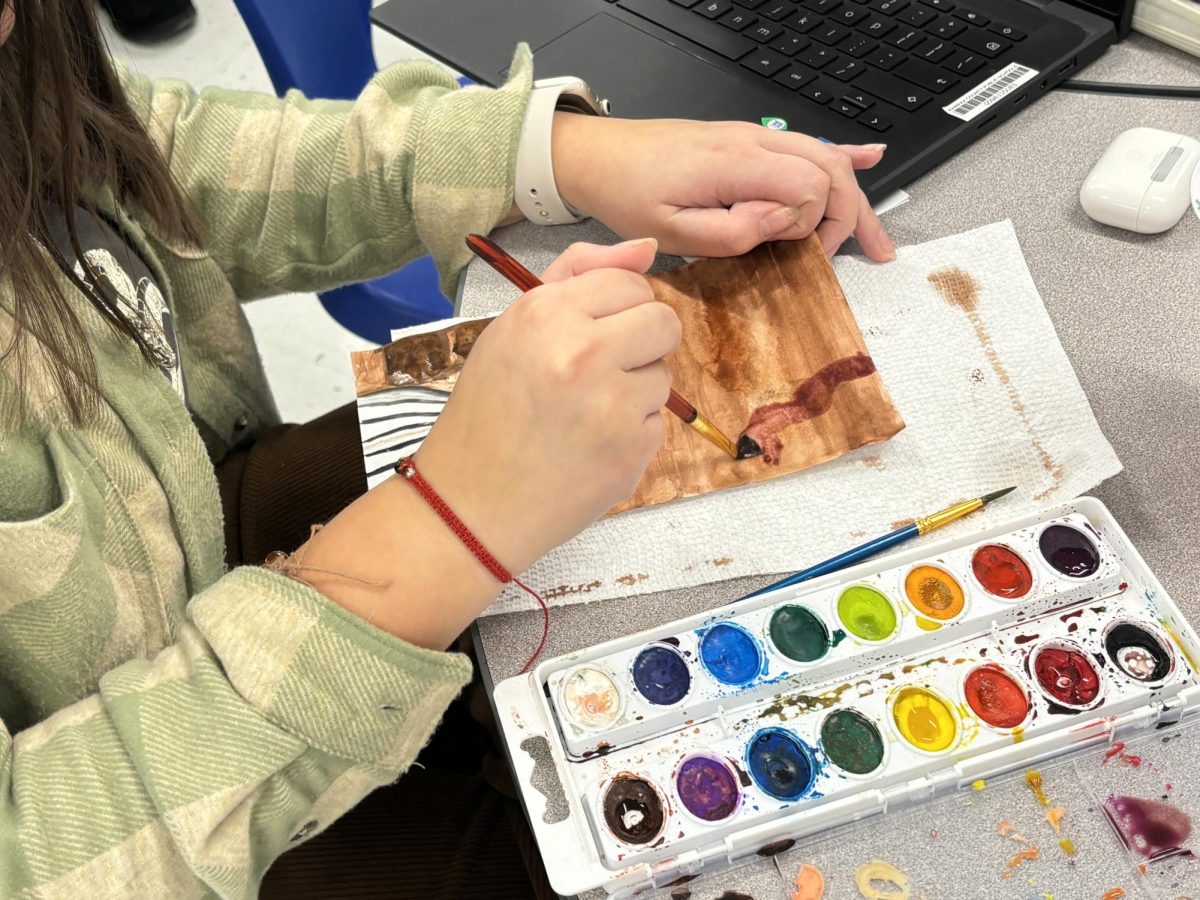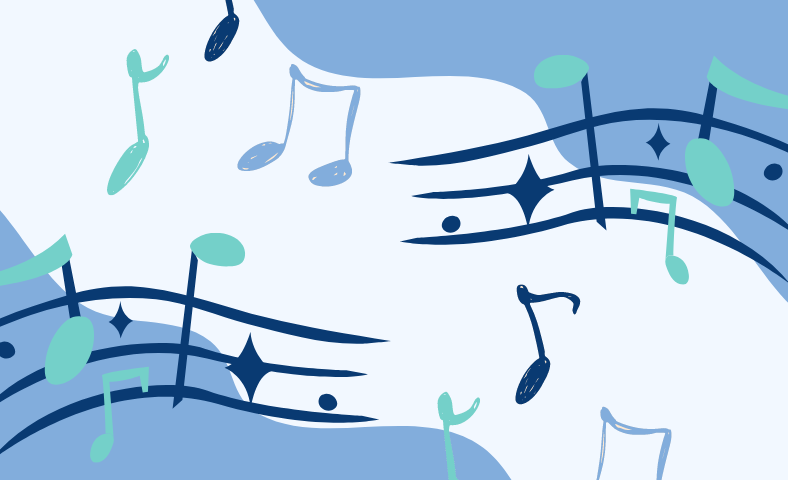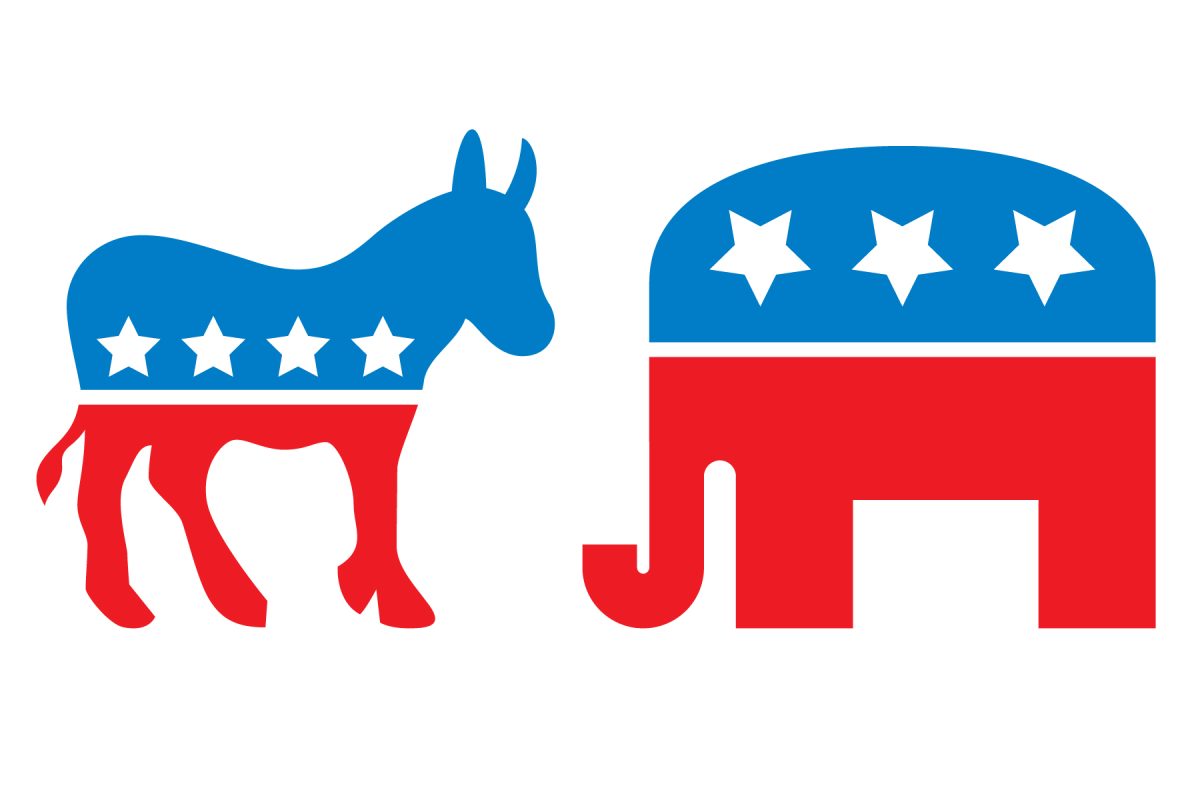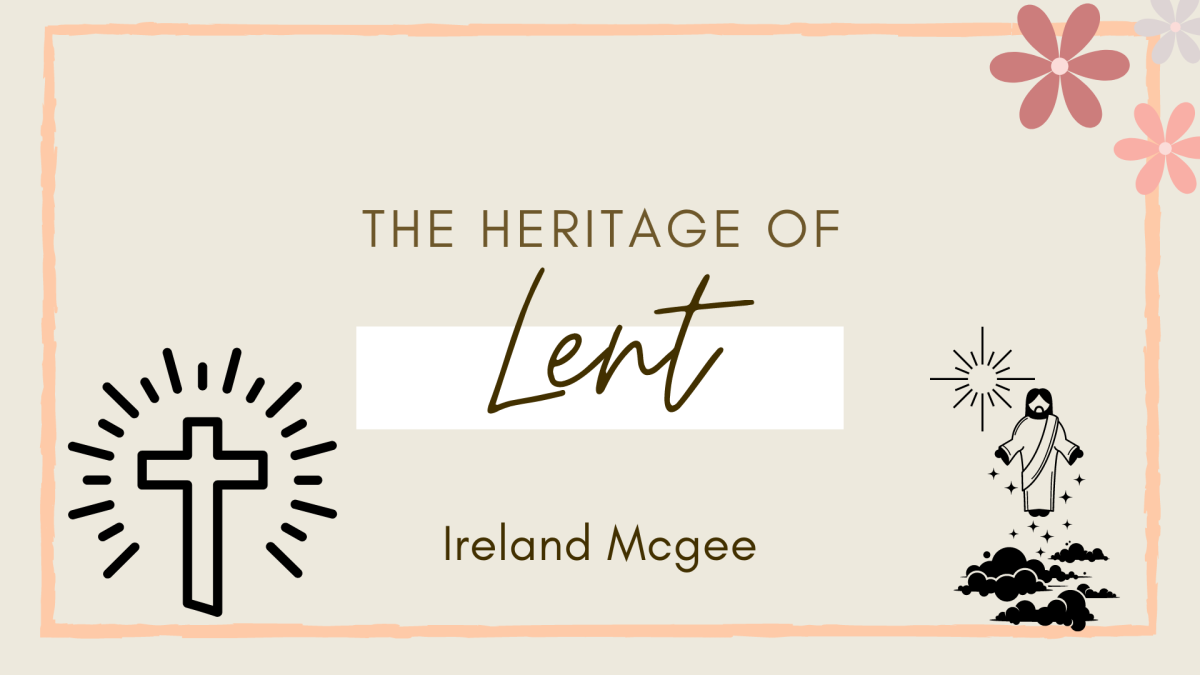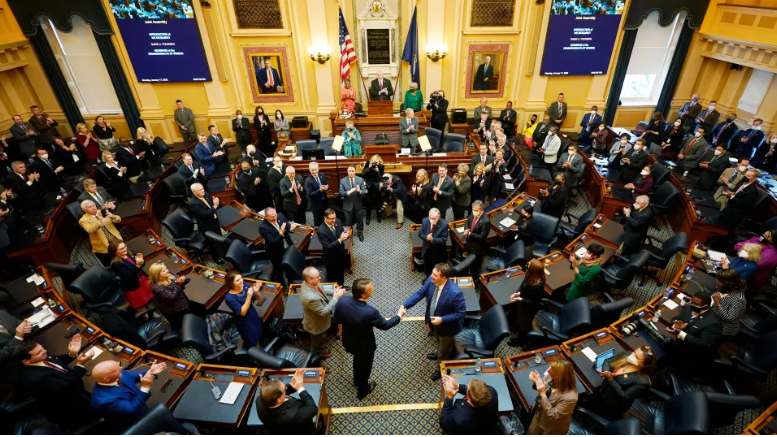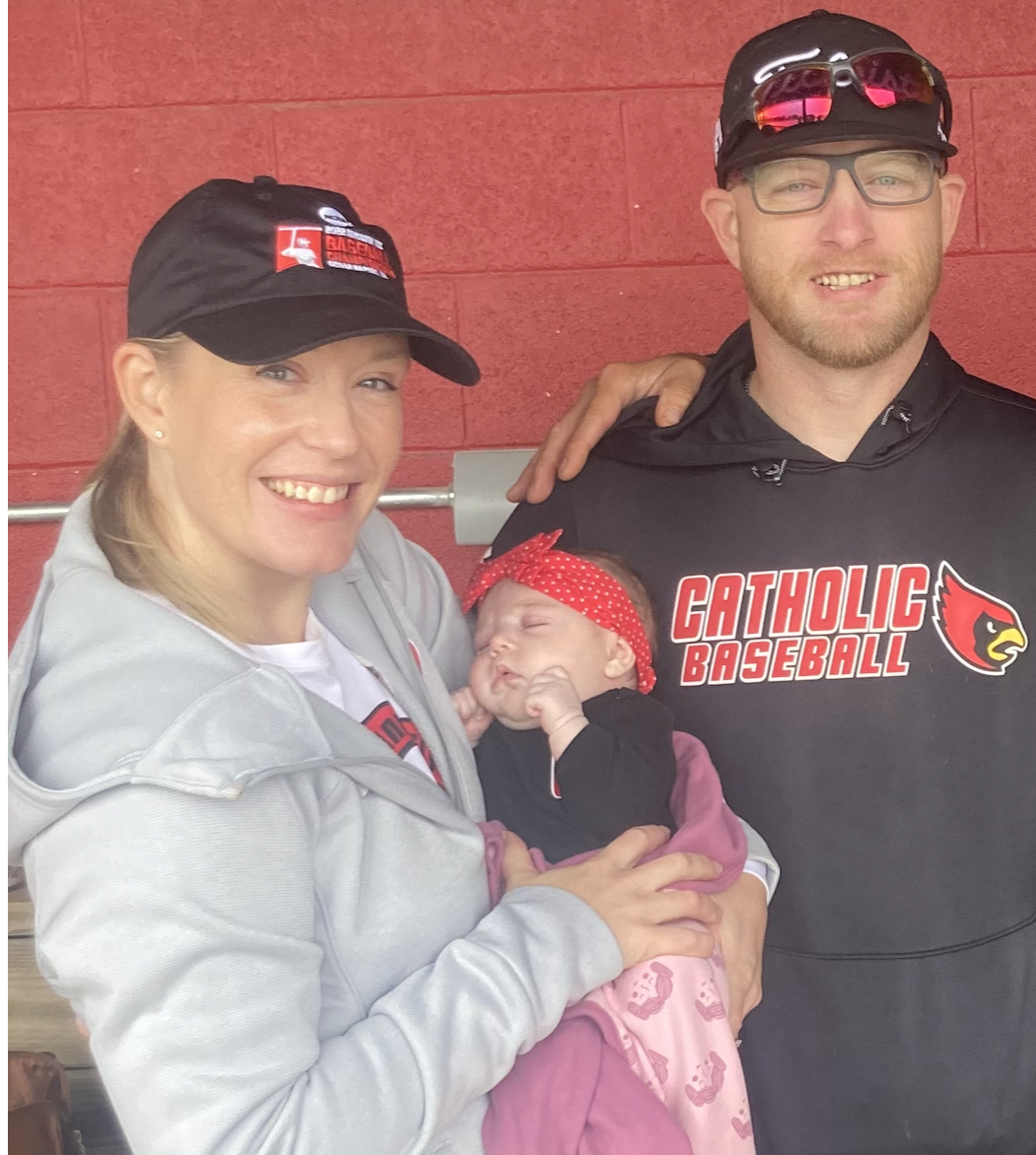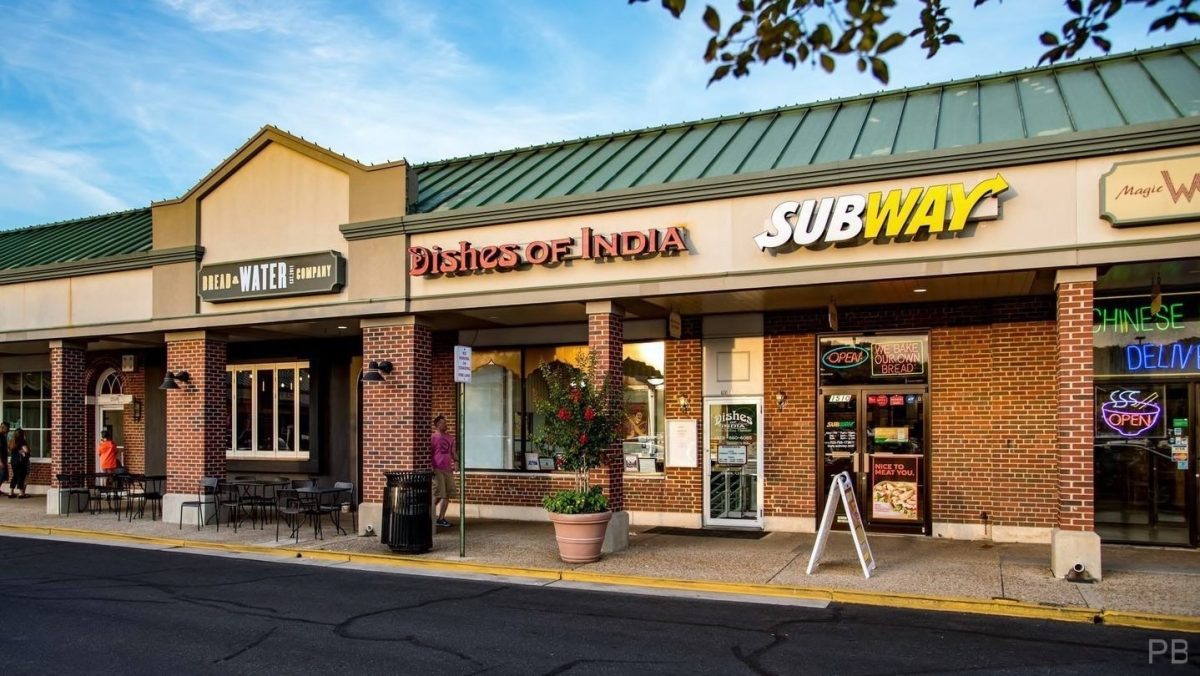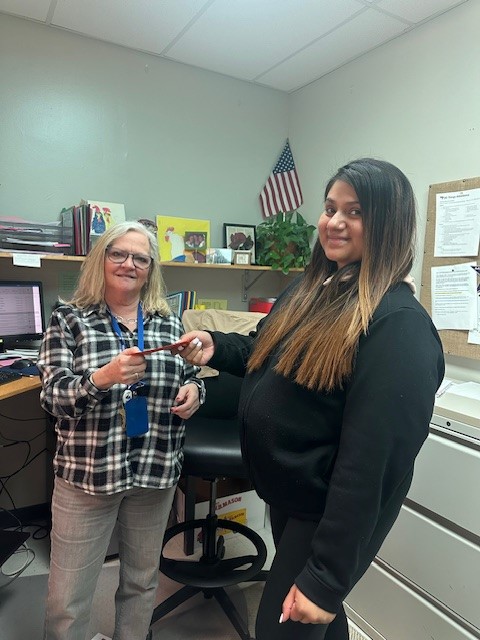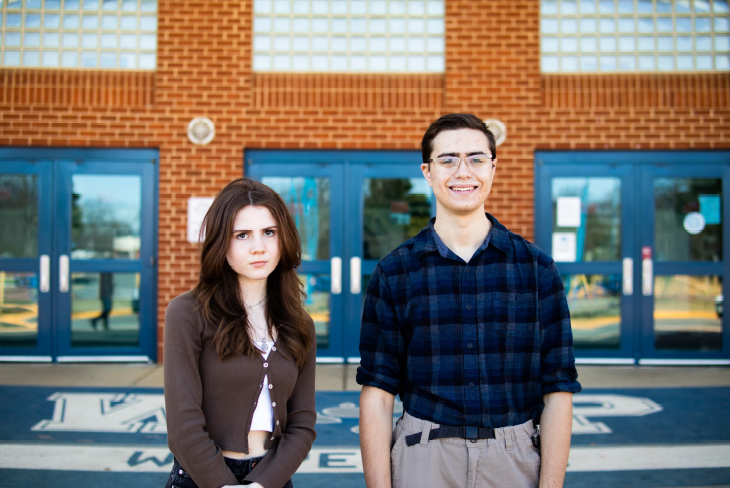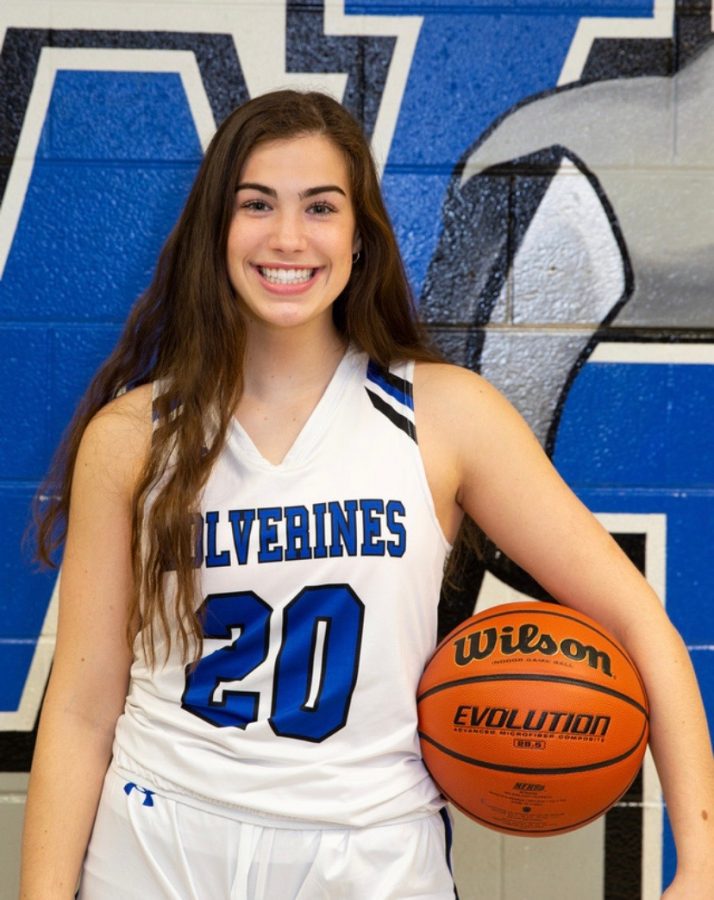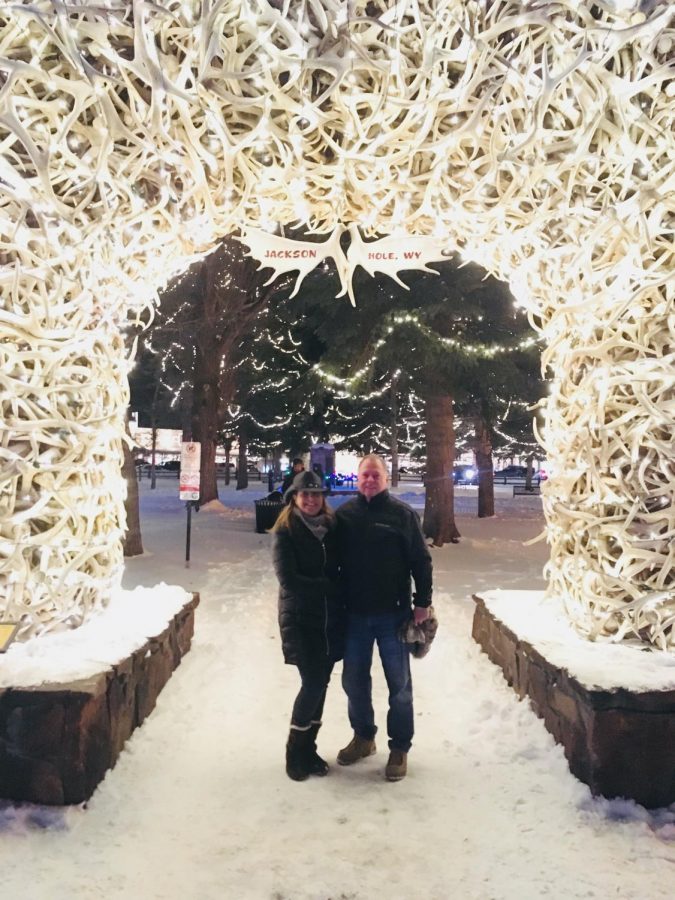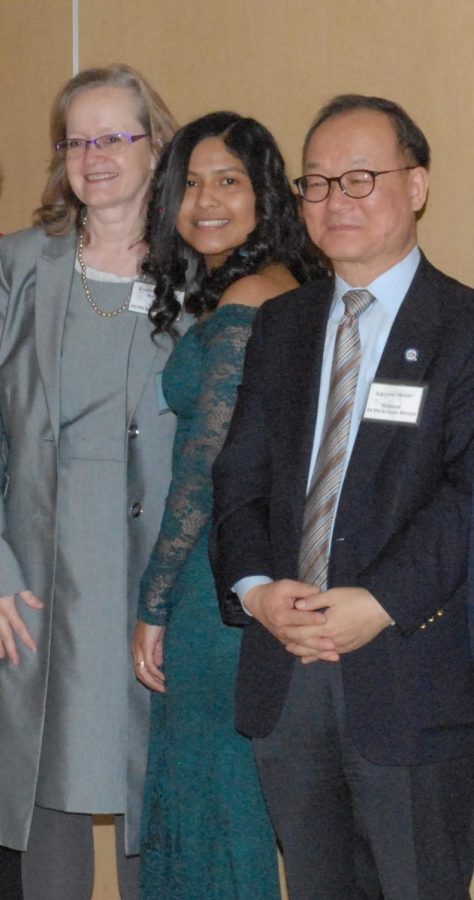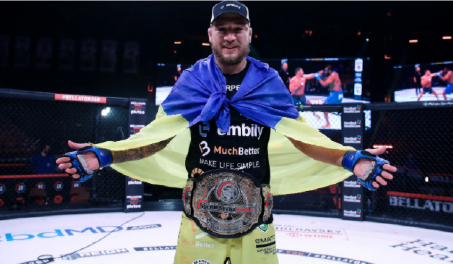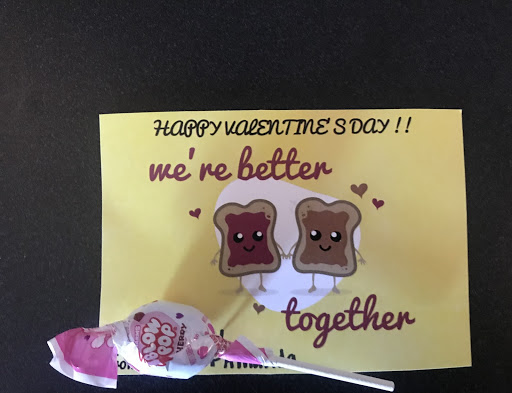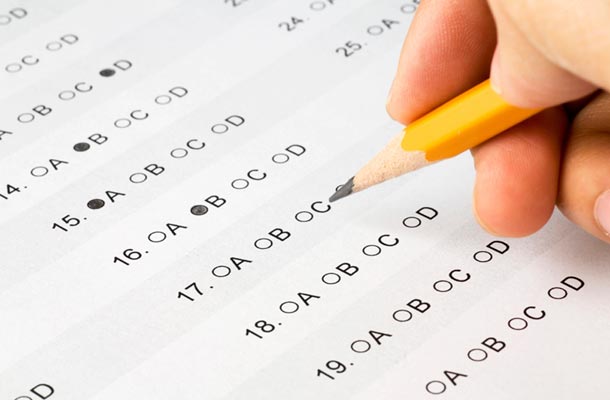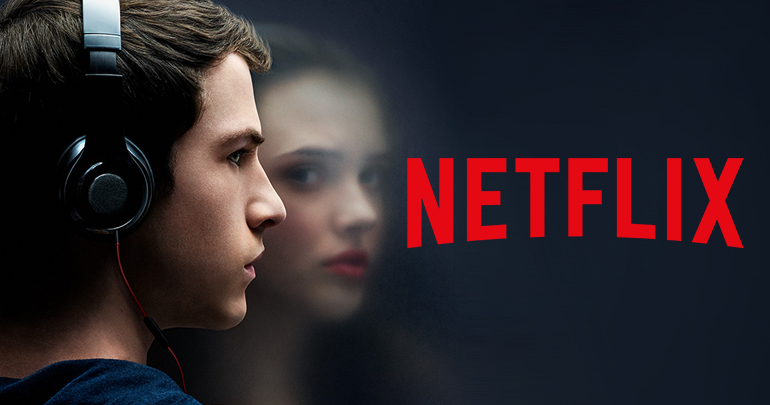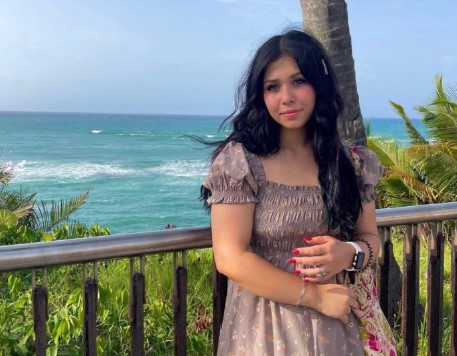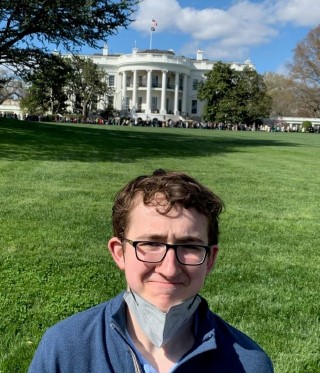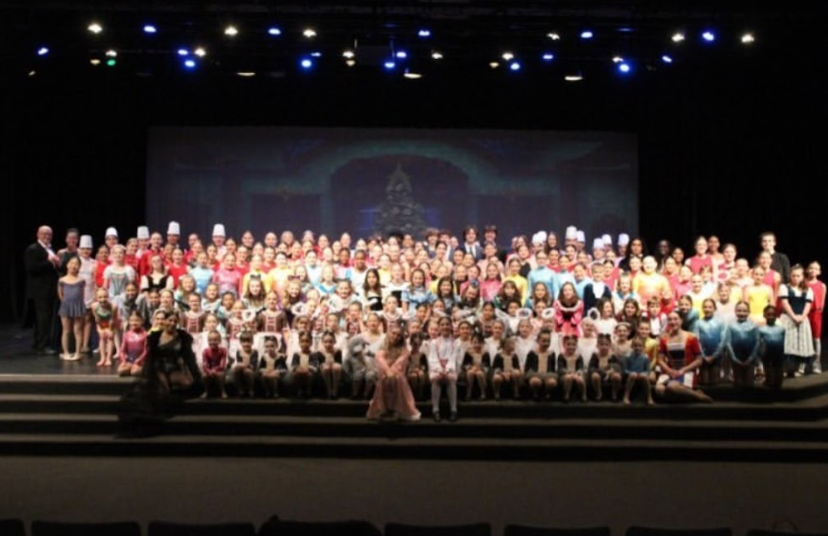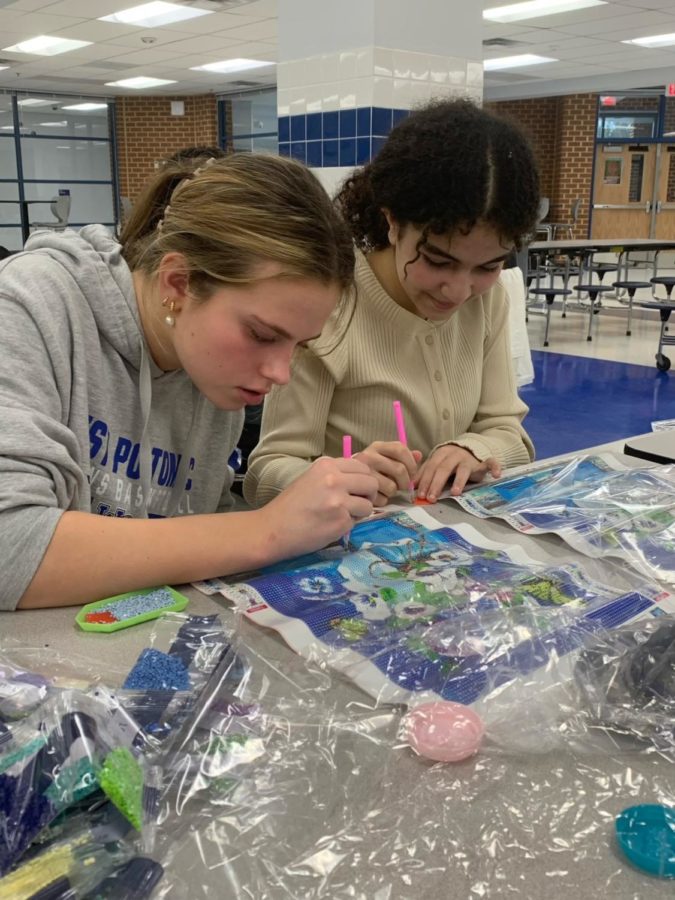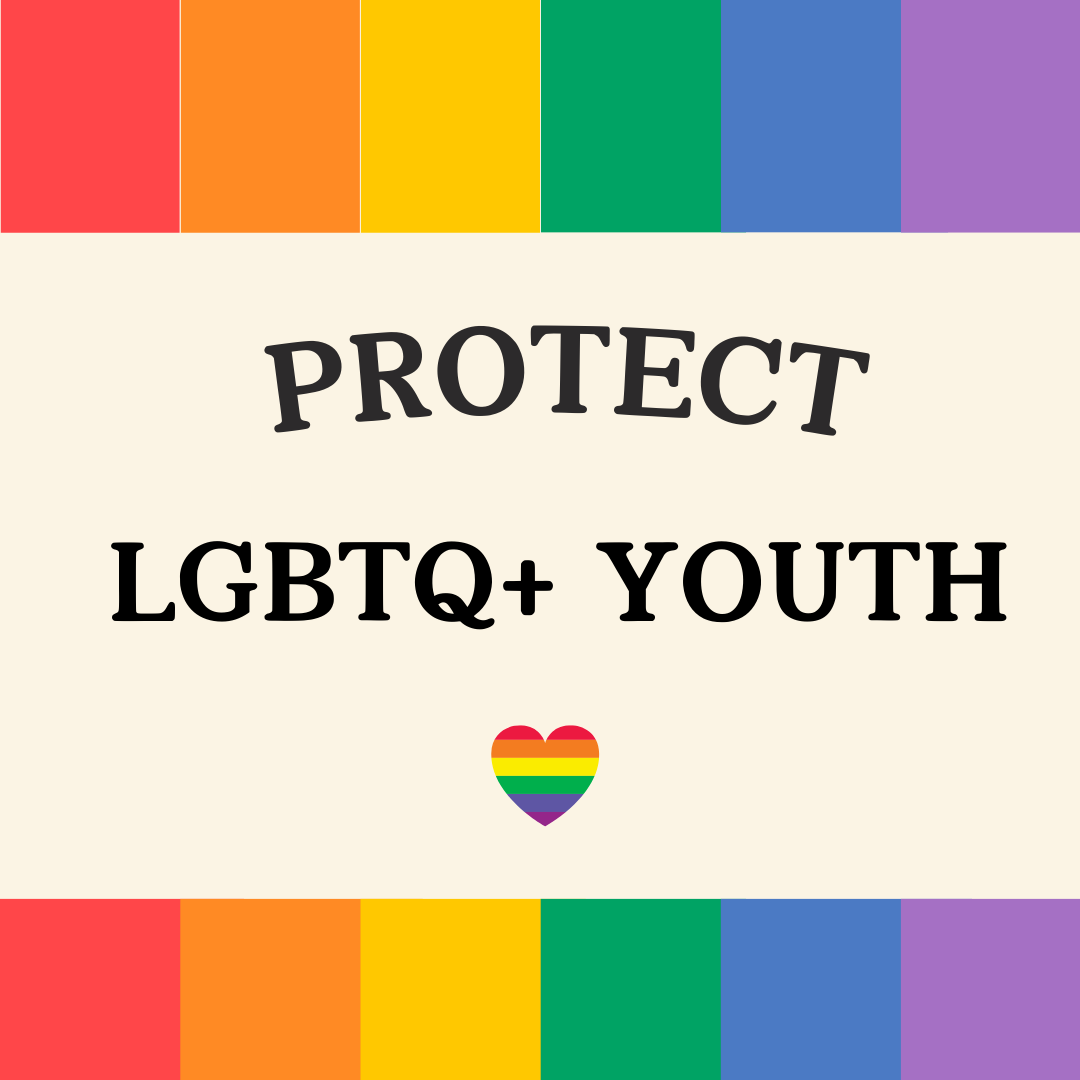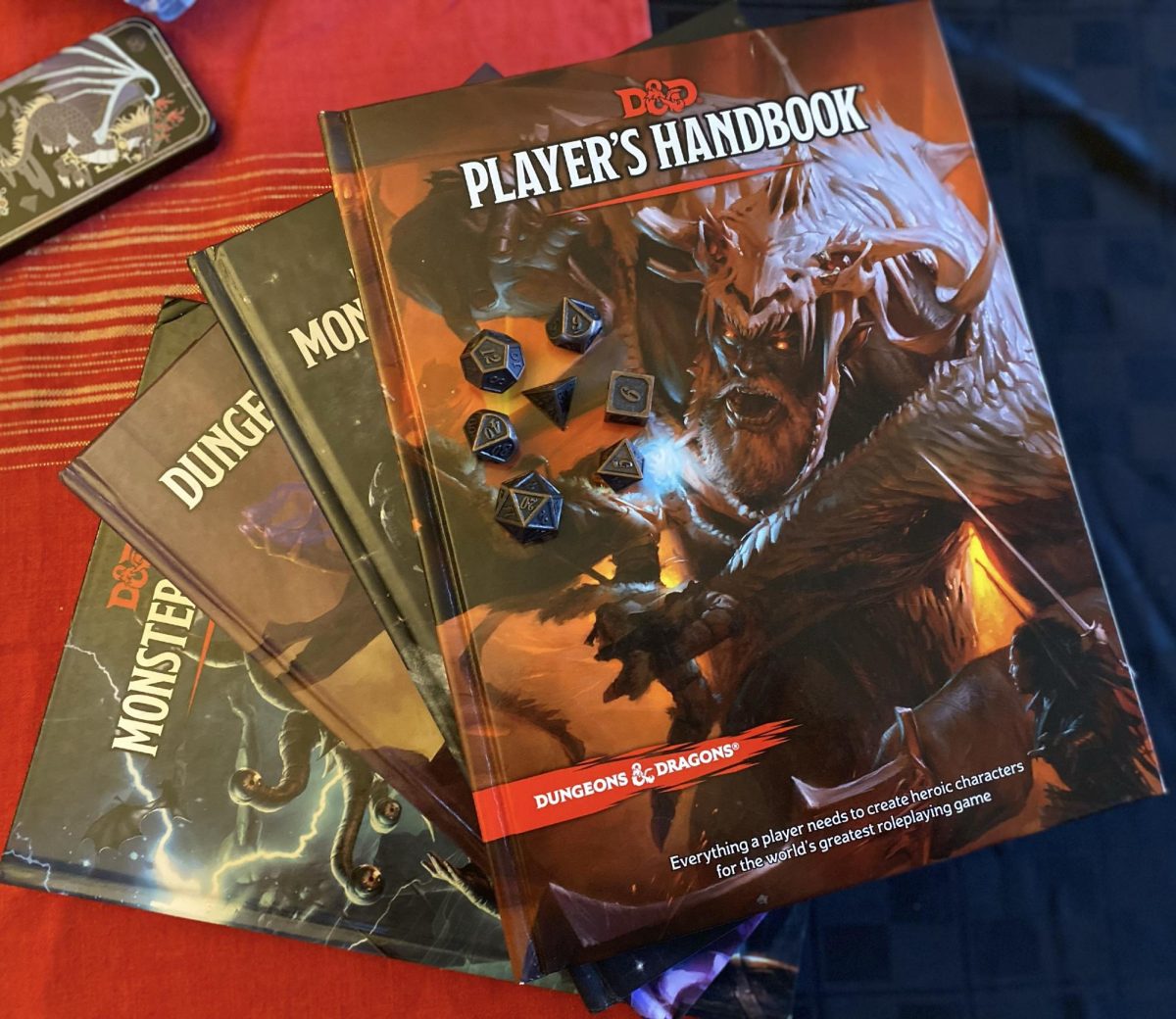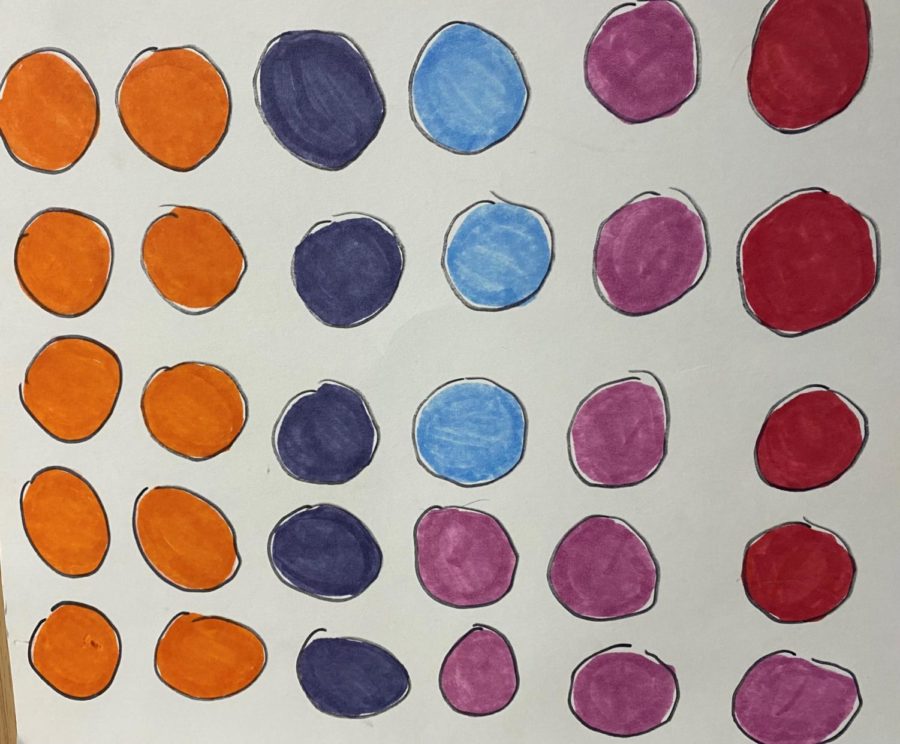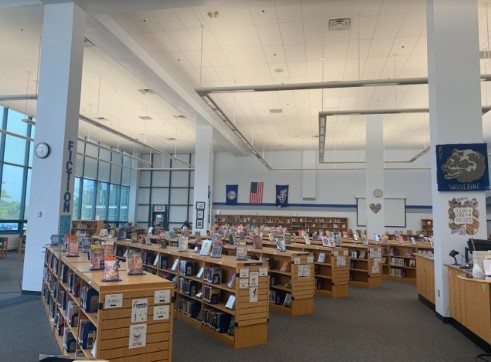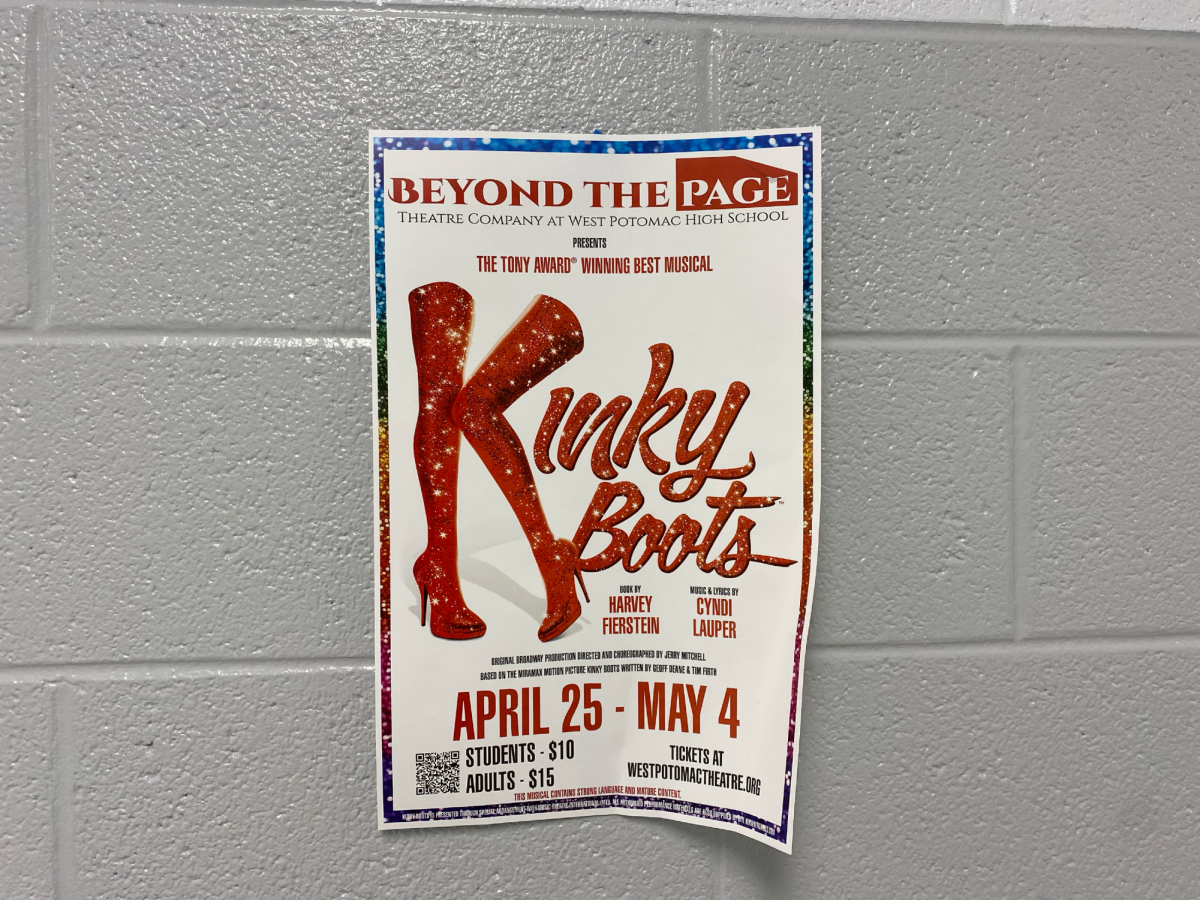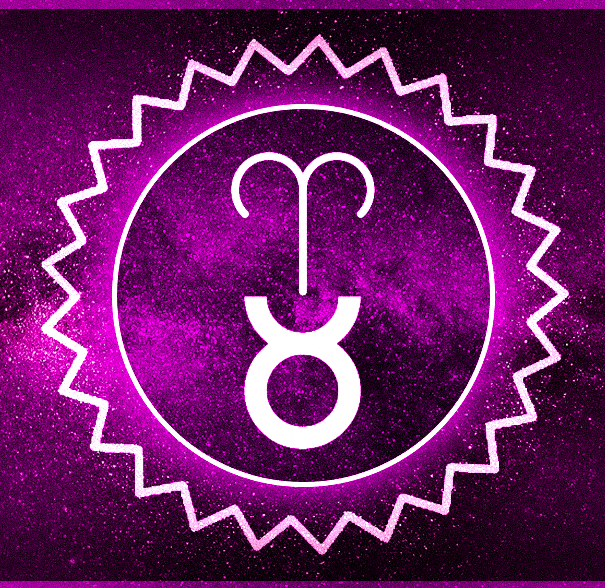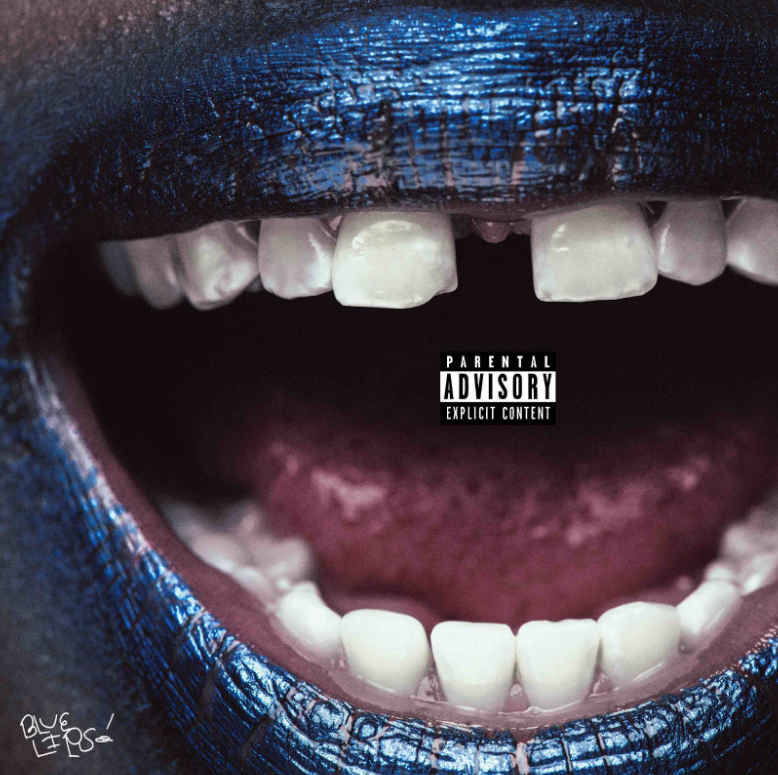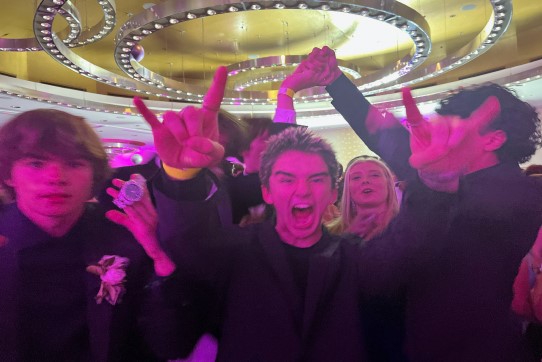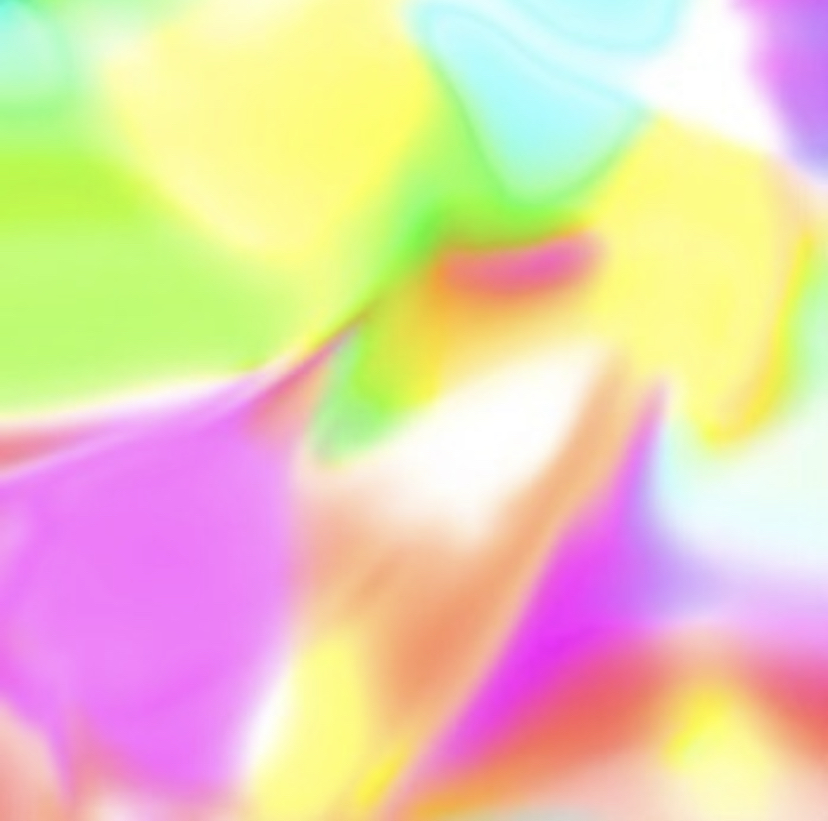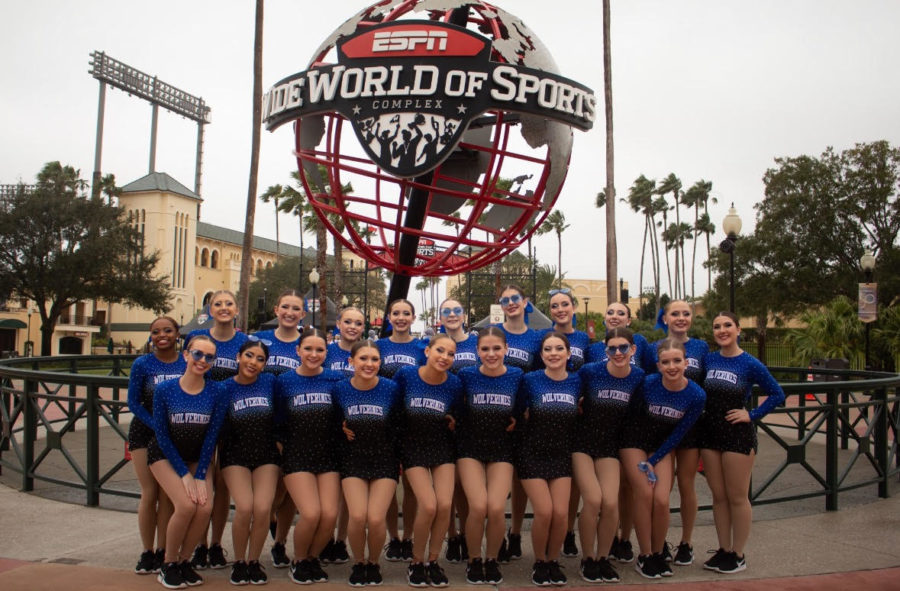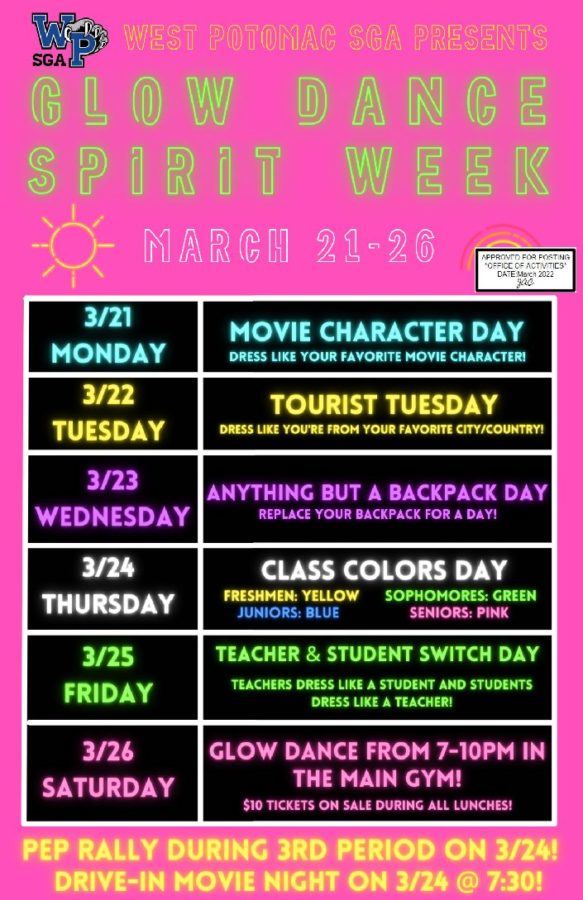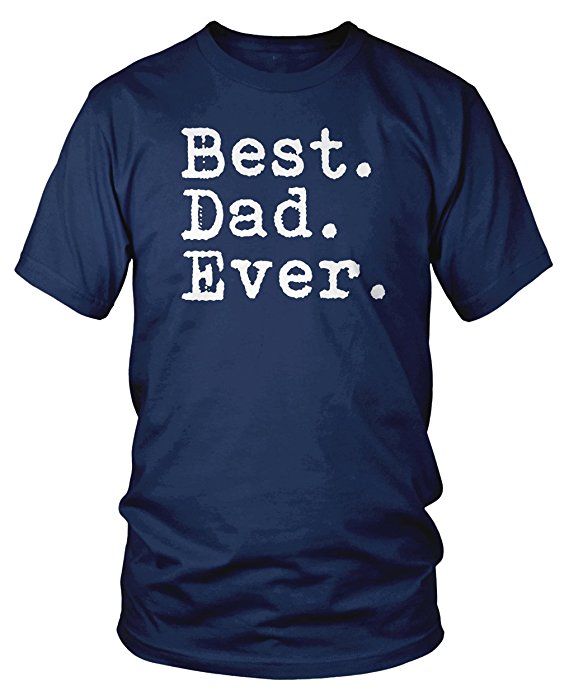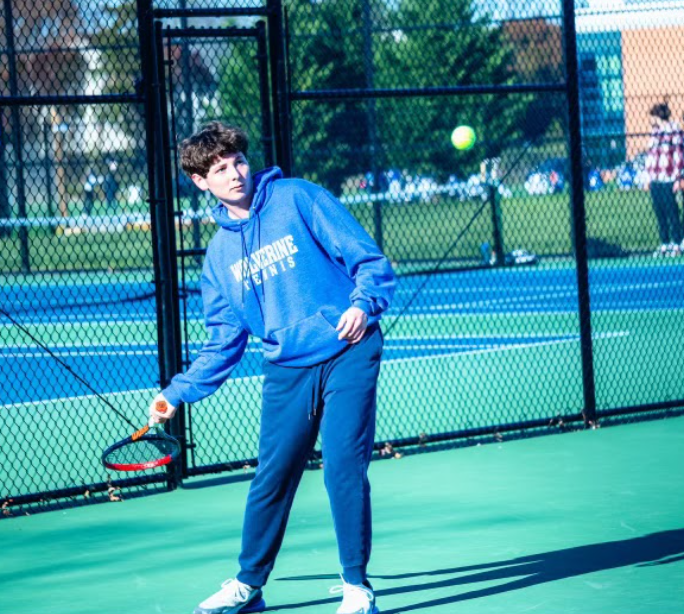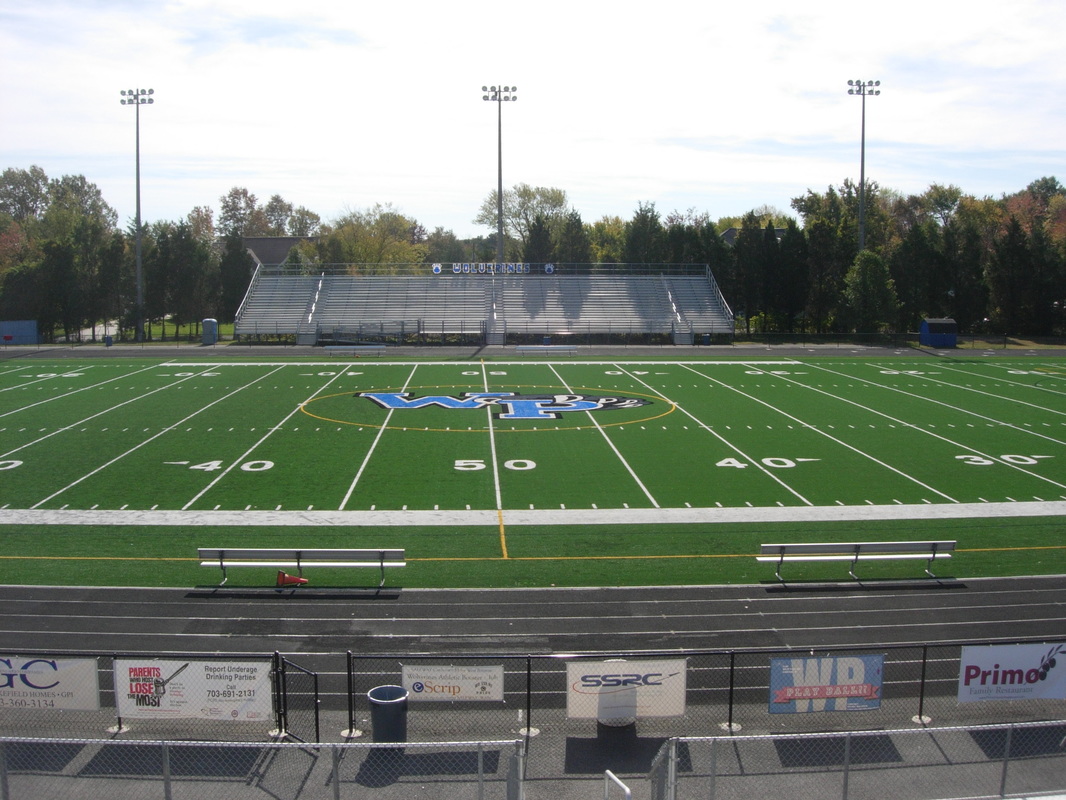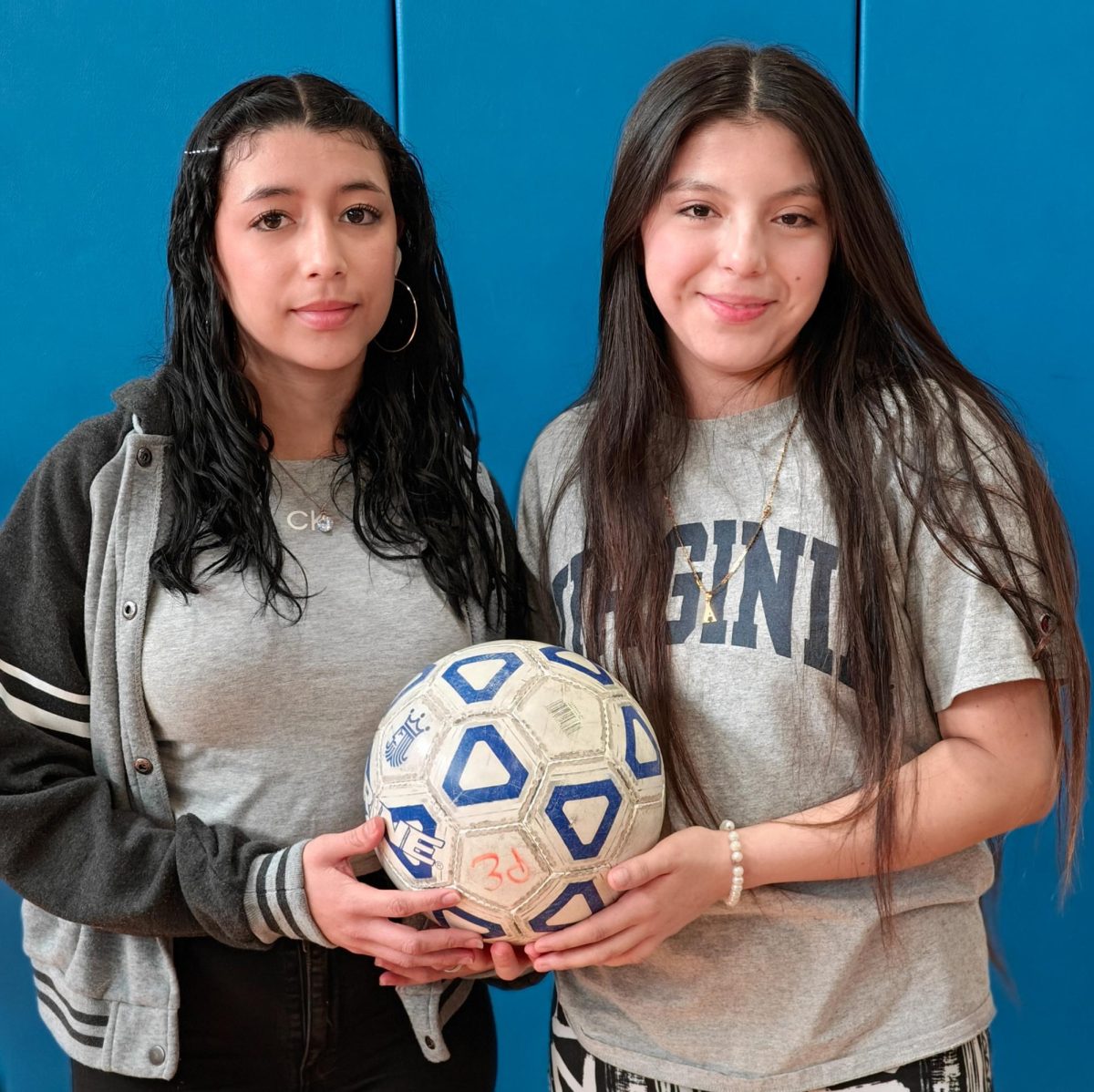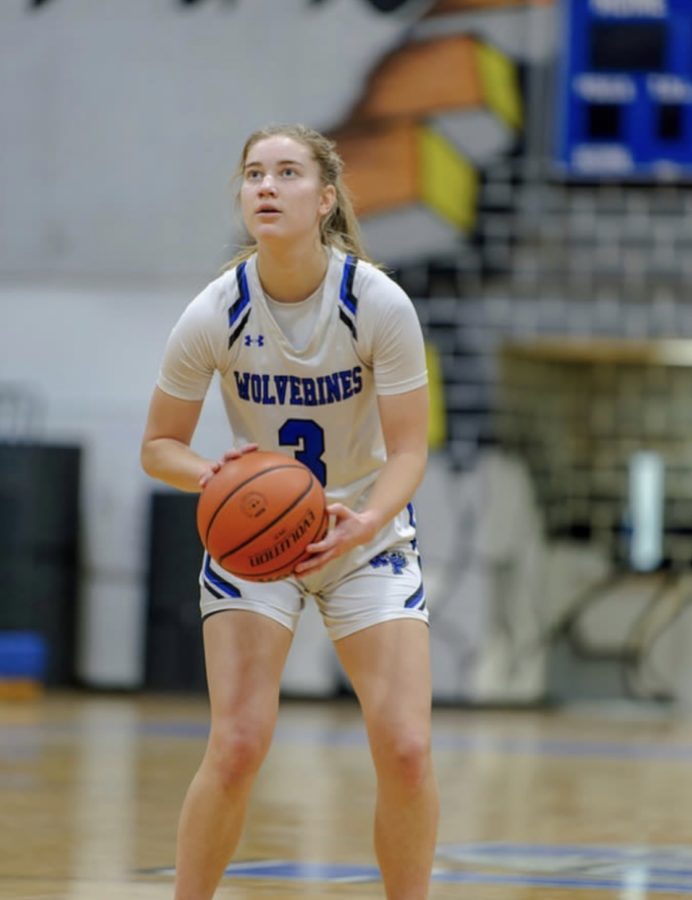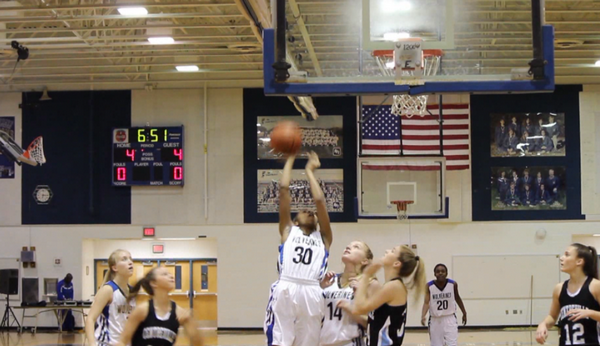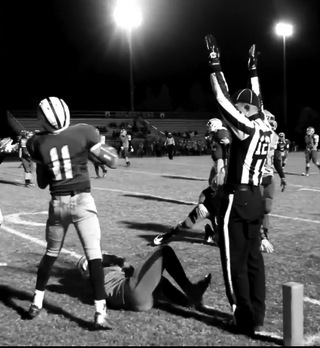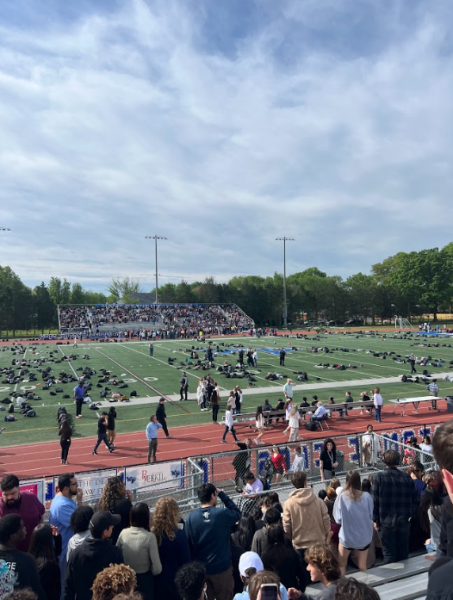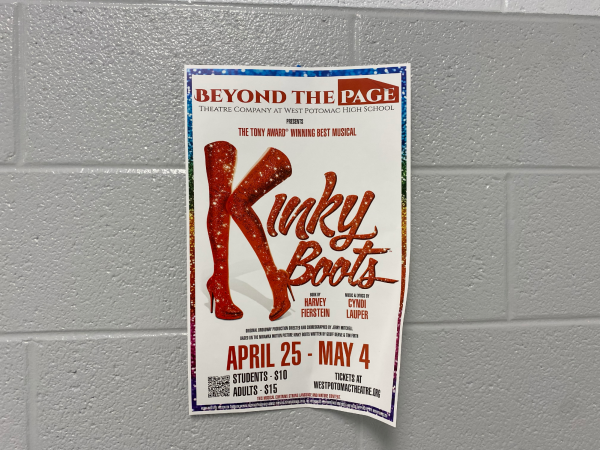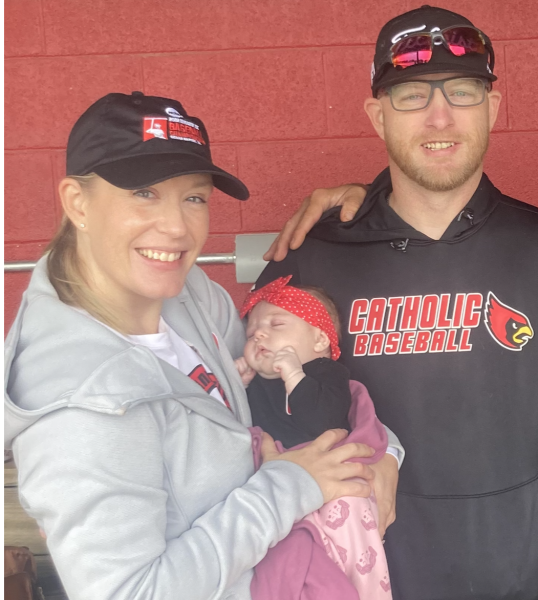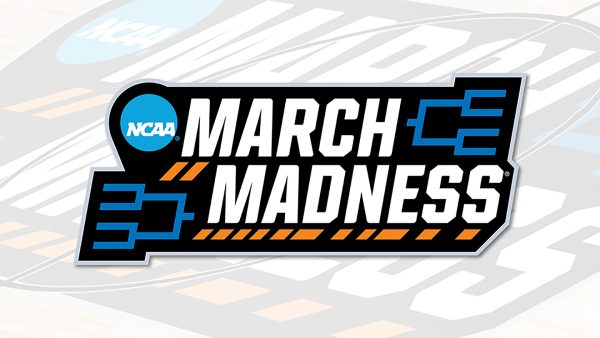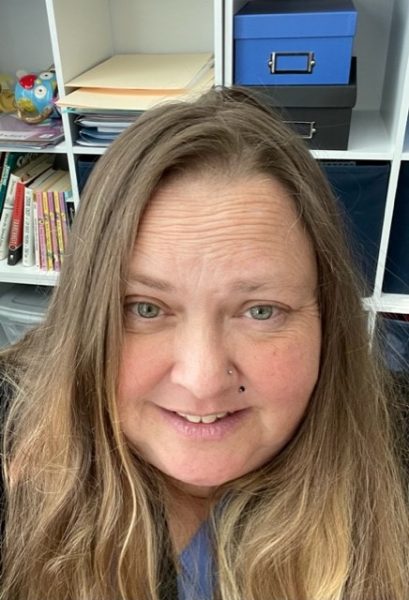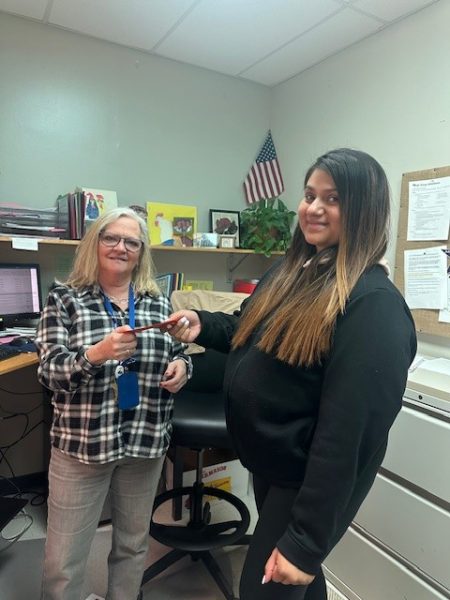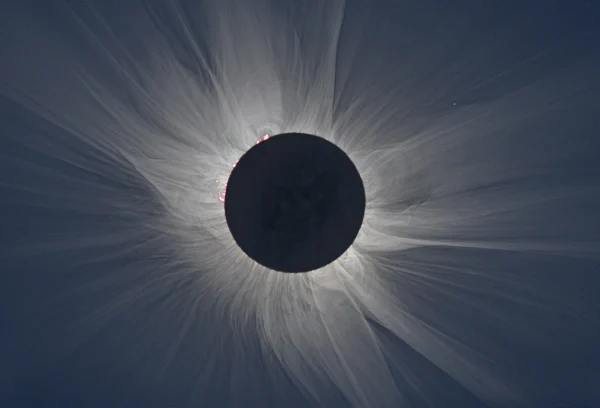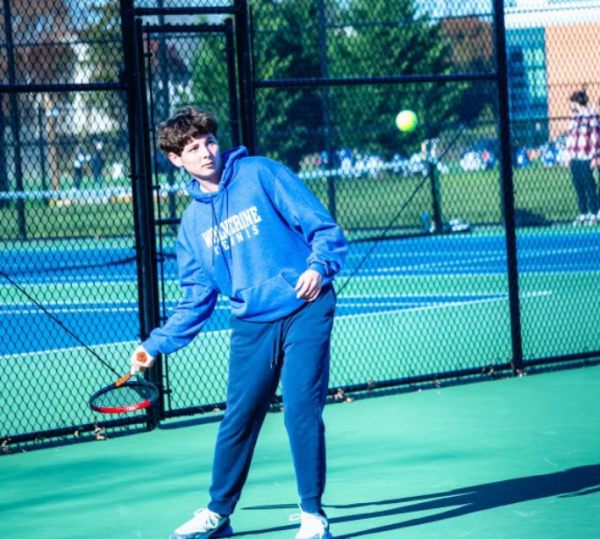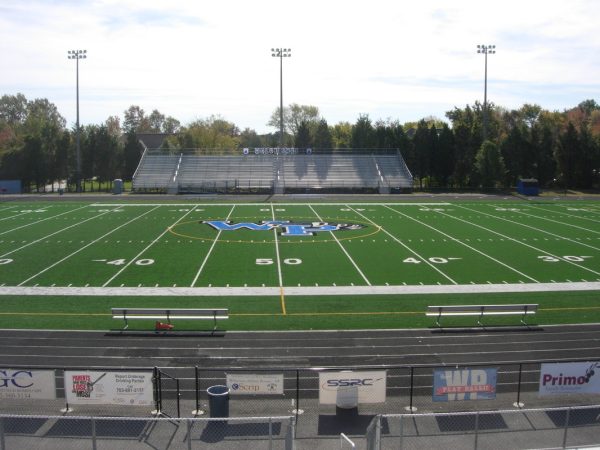Teen Coffee Craze Risks Health Consequences
If you’ve checked out TikTok this quarantine, you’ve seen a whipped coffee trend sping to life called Dalgona Coffee. The app features videos and consists of new trends each week. Users have been getting creative with it, and the ingredients for this are simple, you just whisk equal parts of coffee, sugar, and water, until it looks like fluffy, peanut butter, and then add in cold milk. Some say it’s delicious, but is it good for you?
The consumption of caffeine for teens has dramatically increased between the 1970s-1990s according to the National Center of Biotechnology Information (NCBI). They claimed that this was because most of the energy drinks, sodas, and chocolates, are marketed at kids. In our society caffeine takes a big role. So many teens and adults use caffeinated products on a daily basis, according to studies like the one conducted by NCBI.
According to Kofo Williams, West Po’s school nurse, the side effects of caffeine include shakiness, jitteriness, discoloration of teeth, frequent urination, and dehydration too, due to the frequent urination. Another thing that Mrs.Williams stated was that it causes crashes later in the day when the caffeine wears off, or if an individual chooses to quit cold turkey, it can have an impact on their mood and make them easily irritable and lethargic, the opposite reaction of the hyperness initially caused by a large amount of caffeine consumption. She believes that oftentimes teens can choose to ignore these side effects. For example, if they feel shaky, they may claim it’s because they are nervous and that it has nothing to do with the caffeine.
“Those who consumed energy products regularly were significantly more likely to report insufficient sleep (sleeping less than 5 hours per night) than those who did not regularly consume energy products,” says the NCBI. As reported by SleepFoundation.Org, Teens should be getting 8-10 hours of sleep, and adults should be getting 7-9 hours.
Adolescents are the fastest-growing population of caffeine users, according to Yvette Brazier from MedicalNewsToday. She stated that a safe amount of caffeine is probably around 100mgs of caffeine. With that in mind, a full can of Absolute Zero Monster Energy Drink is 140mgs of caffeine, and a normal Monster Energy Drink has 215mgs of caffeine. One West Po freshman, Alexa Calligaro, stated, “one time I had 4 or 5 cans of Monsters in one day.” That’s an extremely unhealthy amount of caffeine for one day.
Another thing that leads teens to believe that what they’re consuming is safe is the packaging of the product. Bang energy drinks contain no sugar and no calories, but they have a higher amount of caffeine than Monsters. It used to be 357 mg but it’s now been lowered to 300 mg of caffeine per 16oz, which is 200mg more than the safe amount for daily consumption, and 160mg more than an Absolute Zero Monster. According to Hrefna Palsdottir, a Data analyst and Public Health researcher at, the Icelandic Centre for Social Research and Analysis (ICSRA), the sucralose used to replace the sugar also has side effects such as migraines, dizziness, and it may raise blood sugar. When companies come out with products that say 0 calories, and 0 sugar, some teens believe it’s a healthy product.
“Bang is better than Monster and healthier, which is why I drink that,” Tom Kohler, a freshman at West Po claimed.
Some reasons why individuals might drink caffeine are because of late nights at work, long nights of homework, simply because they enjoy the flavor, or because caffeine gives them a boost during a special event.
“Caffeine makes me study better” stated Jace Vickers, a sophomore.
Mrs.Williams assumes, “That many adults and teens also drink caffeine because there are simply not enough hours in the day to keep them going, so they may need caffeine to keep them going for longer hours.”
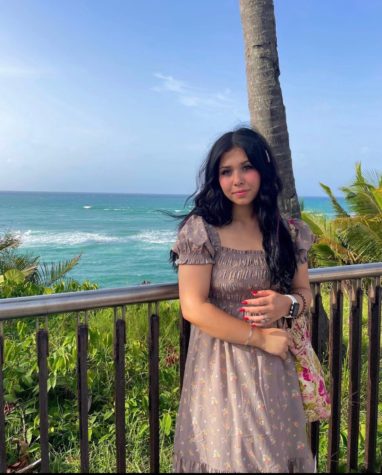
Aspiring psychiatrist, Anmool “Annie” Ghaffari, finds journaling fun. She is currently in her senior year, and has taken journalism every year...

